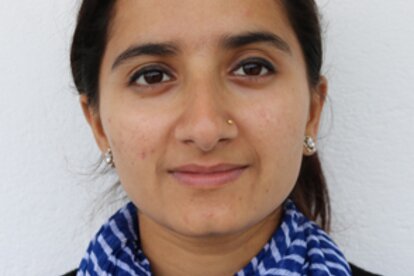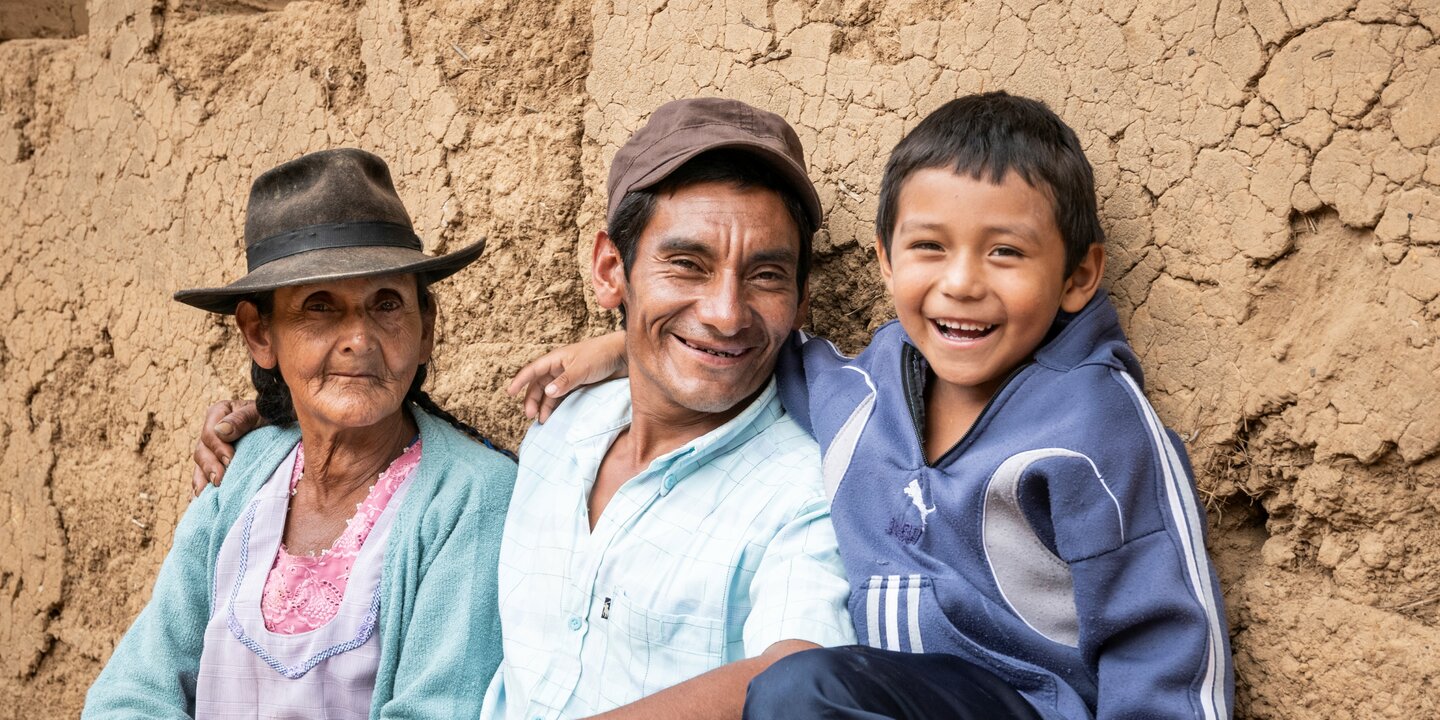“All this land here used to be paddy land” says Gori Devi Chaudhary, waving her hand around the expanse of sand dotted with the creeping vines of watermelon and gourd plants. “All of us in the village had a plot here, but last year’s floods destroyed everything. When the waters receded, all that was left was a thick layer of sand.”
Gori Devi and Kavita Kumari are Tharus – the indigenous people of lowland Nepal. They live in a small settlement on flat, open land, not far from Gaighat in Triguya municipality, Udayapur. Until last year, most households in their community were earning a reasonable livelihood from their land, supplemented by the wages of men – and sometimes women - working locally. They explained that few from their community opt for labor migration because they feel close to the land, and do not like to leave it. But last year, the monsoon floods caused more devastation than anyone can remember.
As the Triguya municipality is one in which Helvetas is implementing the project Prayas, project agricultural staff were consulted – notably Manisha Burlakoti, who is the Project Officer based in Gaighat. Prayas is supported by the Swiss Agency for Development and Cooperation, and works to support municipalities in planning and implementing agricultural extension services. Under Nepal’s new federal structure, these services are one of 22 areas of government responsibility that are devolved to the local level.
Given Helvetas’ long experience in supporting riverbed farming in the Terai, it was this expertise that came to Manisha’s mind immediately. Hari Gurung, a Helvetas specialist in this regard, was requested to provide training. This he did with the municipality agriculture extension staff – passing on his knowledge to them as well as the farmers. As Kavita Kumari recalls,
“All the sirs came and looked at the sand covering the fields. They said we could still grow vegetables, and gave us seed and advice. It’s hard work, as we have to carry the water for the plants, and keep a careful look out for insects and disease, but we are making money. I’ve made NRs 11,000 [approx. USD 100] from my pumpkins.”
What is striking about this situation is the way that the flood disaster has brought the community to the attention of the municipality, and vice versa – with Prayas helping to bridge the gap. Savitri Chaudhary put it plainly,
“In the past there was an agricultural service, but we were not able to access it – no-one came here. Now the municipal people come here and offer trainings. We have the chance to learn new things.”
Savitri herself is one of five women who have taken a course in mushroom cultivation, and is now starting to grow mushrooms as source of income. Beyond the attempts to restore farming livelihoods, the municipality is also investing in flood protection structures. In this the community members also seem well informed,
“I sat in the municipal meeting so I know what was decided. Every household had to contribute a day’s labor – the equivalent of NRs 650 [some USD 6] – and the rest of the flood defenses will be done by the contractor. The municipality allocated NRs 60 lakh [approx. USD 55,000]” explained Bhawani Chaudhary.
It should not take a flood to bring agricultural extension services to farmers, but at least now that it has, this particular community has become aware of its rights, and is demanding them from the municipality. Prayas is meanwhile supporting Triguya municipality in further building its local planning and delivery capacities, so that agricultural extension services are readily accessible to all local citizens who need them.




